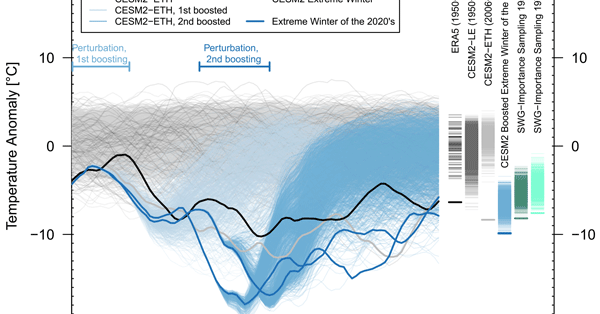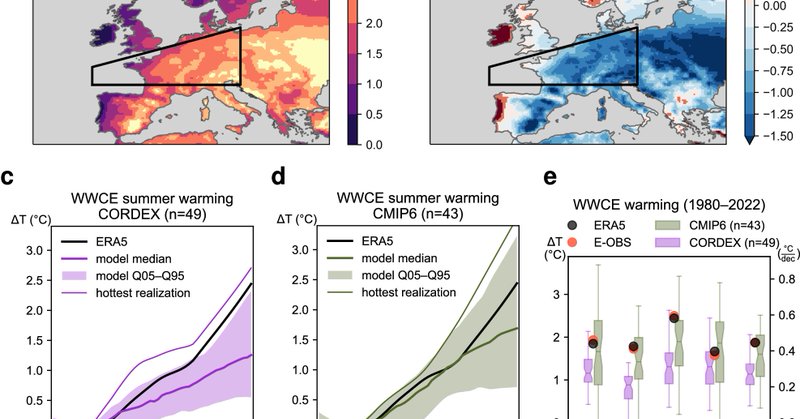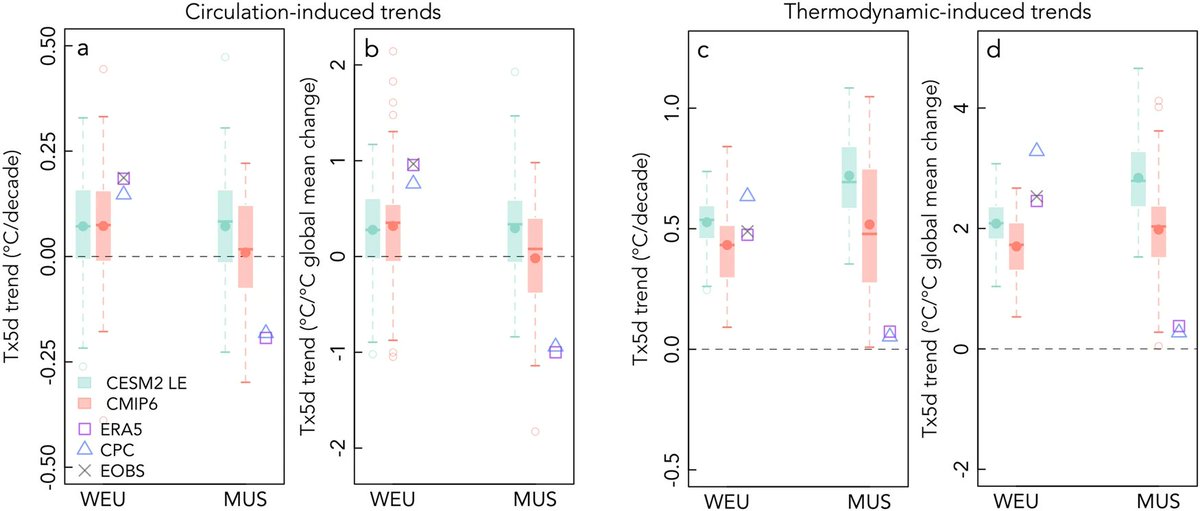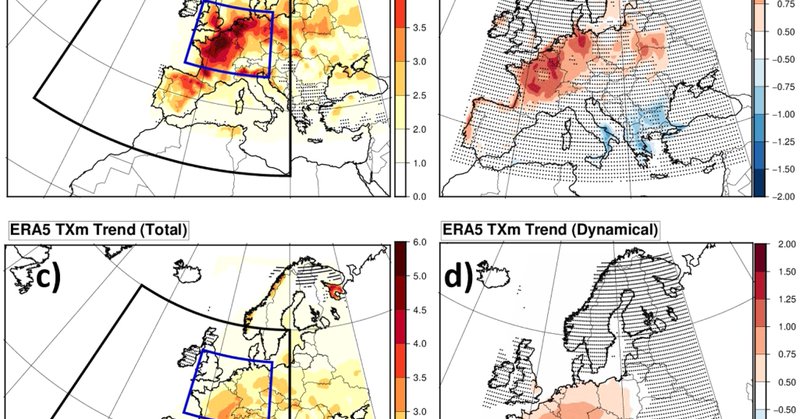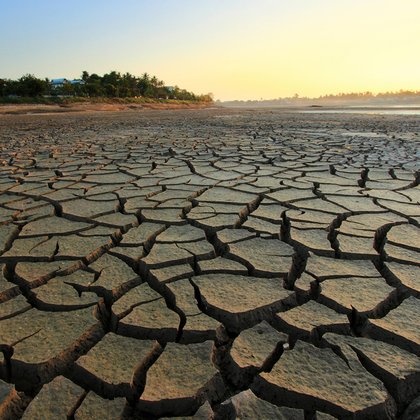
Jitendra Singh
@jitendra_iitb
Followers
138
Following
520
Media
4
Statuses
30
Postdoc researcher @ETH_en | climate, statistics, former researcher @iitbombay, @WSUVancouver
Zurich, Switzerland
Joined February 2017
RT @Madhav_Live: @venkat_fin9 Thanks for the response Ventakesh ji. In a democratic country, it is a responsibility to keep a close watch o….
0
2
0
RT @erichfischer: Very cold winters - very unlikely but still possible.Hard to imagine in peak summer but winter will be back. And it could….
wcd.copernicus.org
Abstract. Central European winters have warmed markedly since the mid-20th century. Yet cold winters are still associated with severe societal impacts on energy systems, infrastructure, and public...
0
9
0
RT @XaidaProject: 🆕 XAIDA Webinar | @jitendra_iitb will explain how circulation dampened #heatextremes intensification over the Midwest USA….
0
3
0
RT @SISeneviratne: Check our new study led by @dom_schumacher.State-of-the-art regional climate models underestimate present & projected su….
nature.com
Communications Earth & Environment - Aerosol misrepresentations in many regional climate models largely explain why their simulations underestimate the summer warming in Western Europe in the...
0
49
0
RT @CommsEarth: Changes in atmospheric circulation have reduced the intensity of #heatextremes in the midwestern United States since 1979,….
0
2
0
RT @XaidaProject: 🆕Paper| Circulation dampened heat extremes intensification over the Midwest USA and amplified over Western Europe. 📰in @C….
0
3
0
Our new study in @CommsEarth shows that circulation dampened the trend in heat extreme intensity over the Midwestern US, whereas it amplified the trend over Western Europe, at a rate outside the range of most models. @erichfischer @ssippel87 @usys_ethzh.
1
10
30
RT @erichfischer: Heat extremes in Western Europe warmed faster than simulated. Our new @NatureComms paper led by @RobertVautard shows that….
nature.com
Nature Communications - Heat extremes in Western Europe have increased by an outstanding amount in the last 70 years. Climate models simulate weaker trends. This is largely due to atmospheric...
0
101
0
RT @VittalBhat87: I have a project opening in my lab at IIT ISM Dhanbad. Interested candidates may apply through <gt;….
0
1
0
RT @VittalBhat87: New study finds that summer Indian heatwaves are controlled by the Pacific Meridional Mode. Published in @NatureComms,….
0
19
0
RT @subimal_ghosh: Mumbaikars, please tweet (geotagged) about flooding at your place with #mumbaiflooddata , plz do mention approximate lev….
0
16
0
Just an updated analysis - In addition, avg maximum heat during 1-26 April broke the previous (1970-2021) records across the AFG, PAK, and parts of northwestern India by margin of 1-3 C. Also, heat anomalies (relative to 1970-2010) over these regions reach up to 8 C.
An analysis of ERA5 by my @ETH_en colleague @jitendra_iitb shows that the 10-day and 15-day seasonal heat records had already been broken across Afghanistan, Pakistan and northwestern India (colored regions in figure below) before the onset of last weekend's heatwave.
1
1
9
RT @wsucahnrs: Droughts occurring @ the same time across different regions of the planet could place an unprecedented strain on the global….
news.wsu.edu
Droughts occurring at the same time across different regions of the planet could place an unprecedented strain on the global agricultural system and threaten the water security of millions of people.
0
4
0
